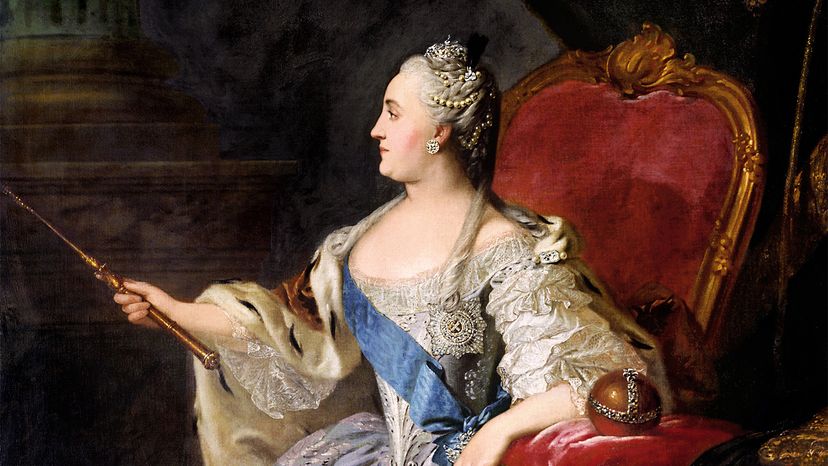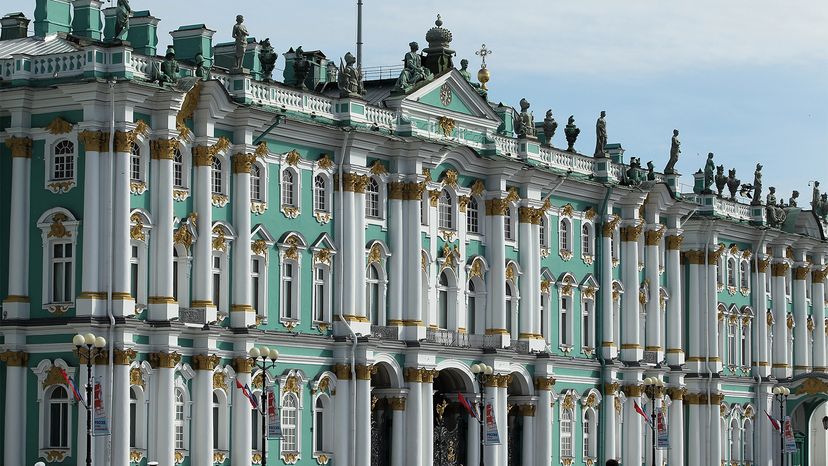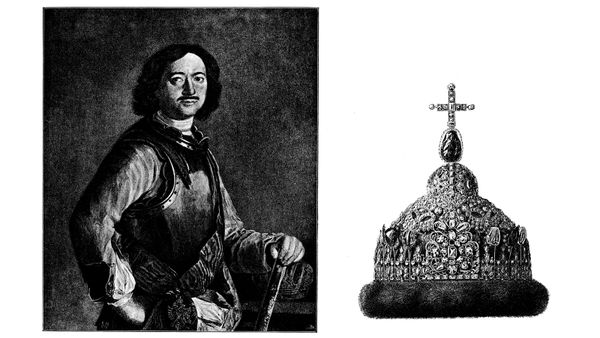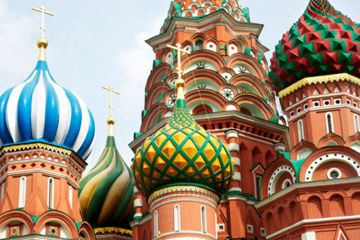It's no secret Catherine and Peter had a troubled marriage from the start. The fact that she didn't produce an heir after eight years of marriage led many to believe Peter either was unable to consummate the marriage or was infertile. Regardless of the reason, both Catherine and Peter engaged in extramarital affairs, and by 1752, she was regularly hooking up with Sergei Saltykov, a Russian military officer who many people believe is the actual father of Catherine's first child, Paul, who was born in 1754. Catherine didn't do much to deny these rumors — she even said Empress Elizabeth permitted the affair. Historians can't be sure who the baby daddy really was, but most agree that Peter didn't father a single one of Catherine's three additional children. She had a daughter with Stanislaus Poniatowski, who she later helped to become king of Poland, and in the ultimate crushing blow to their marriage, Catherine overthrew Peter in a coup d'état in July 1762, garnering her the title of Empress of Russia. She never married again, but she did build a reputation for taking lovers and then promoting them to key government positions.
"She was a serial monogamist who constantly desired the physical and spiritual closeness of a lover; furthermore, she exploited her lovers' abilities for the good of the country," says Levitt. "There's a lot more I could say here; the later tradition often saw her as a consummate hypocrite, but this I think takes things out of historical context. I believe that her heart was in the right place, but that she understood the nature and limitations of political power in Russia."




